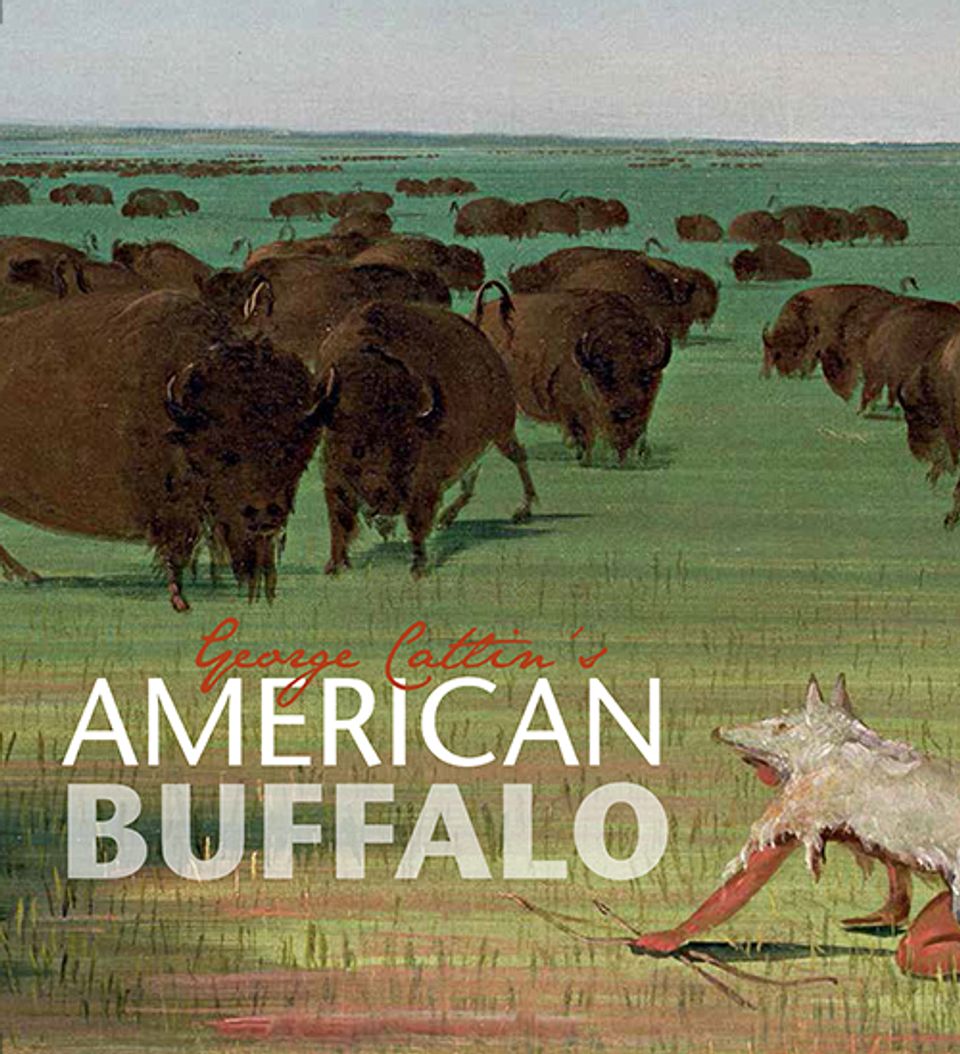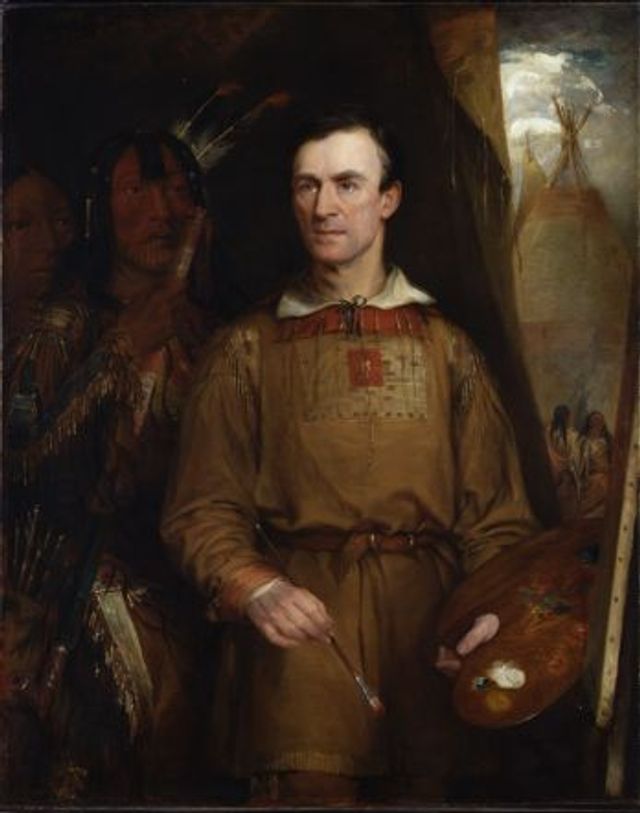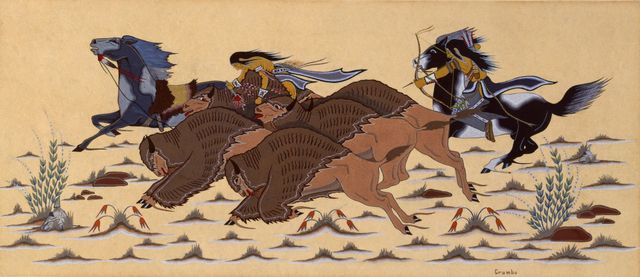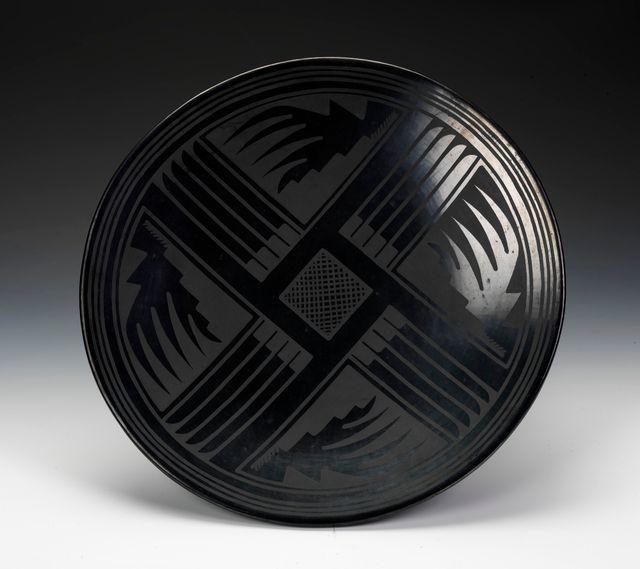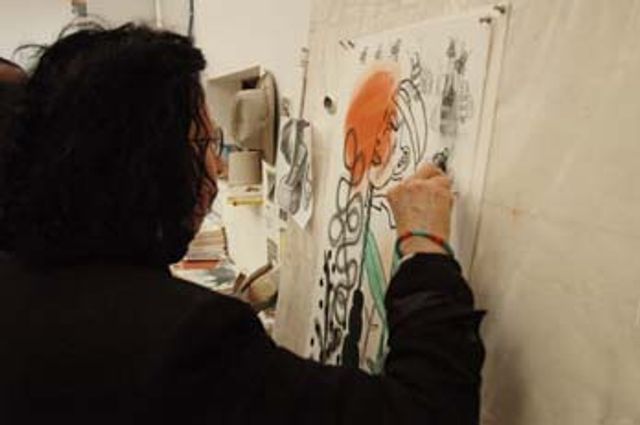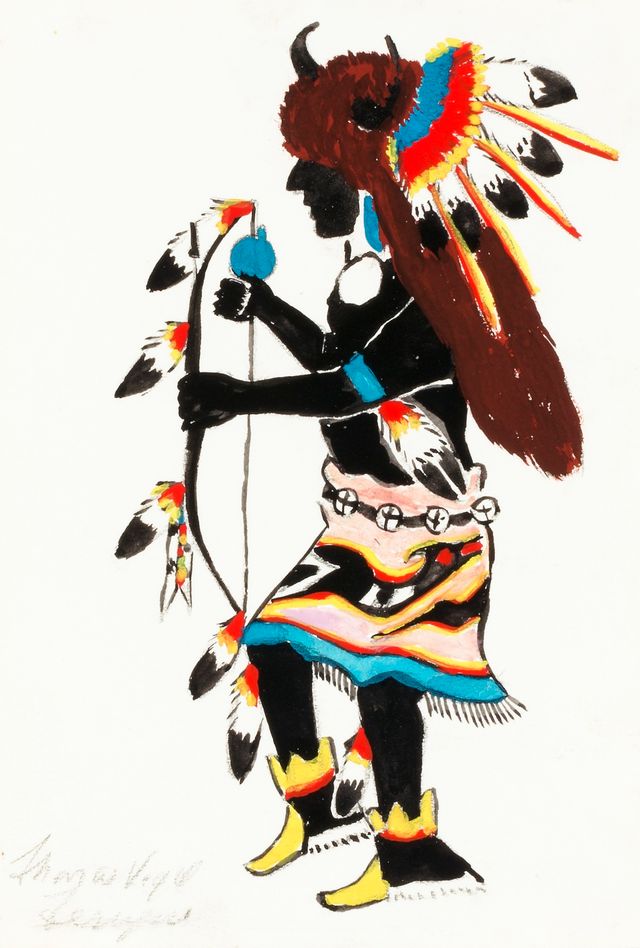Picturing the American Buffalo: George Catlin and Modern Native American Artists
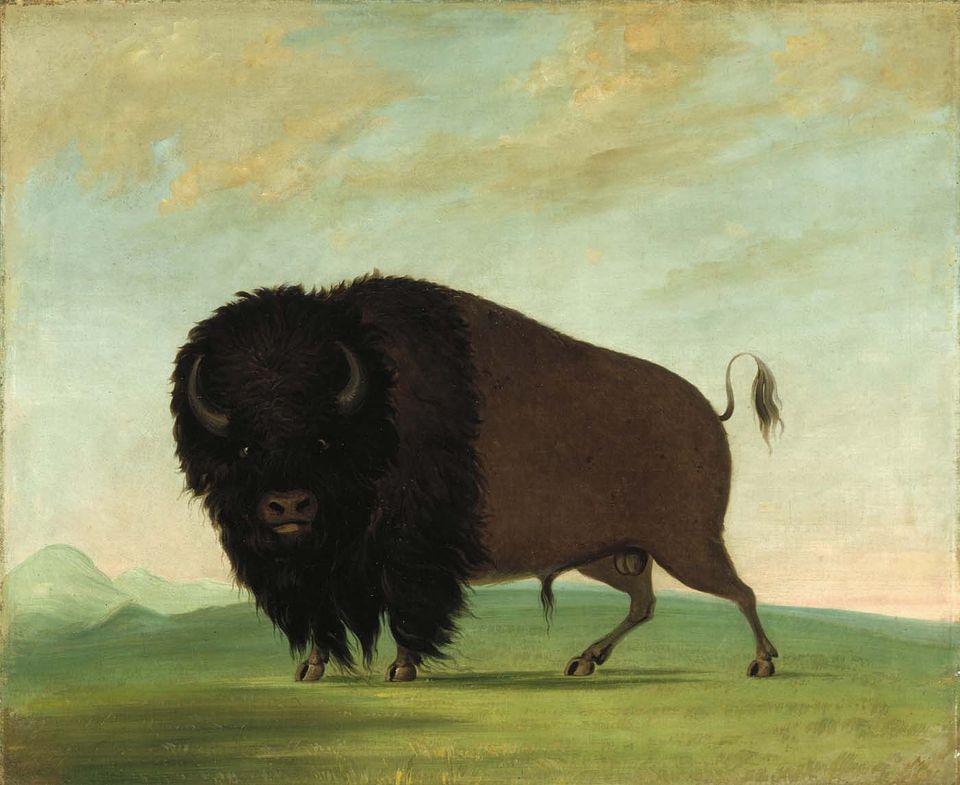
In the nineteenth century, American bison (commonly called the buffalo) thundered across the Great Plains of the American West in the millions. They symbolized the abundance of the land, and for centuries played a vital role in the lives of Native Americans, providing sustenance and spiritual nourishment. Wild and majestic, revered and hunted, buffalo have long captured the popular imagination, and their iconic images figure prominently in America’s art.
Description
Picturing the American Buffalo: George Catlin and Modern Native American Artists considers the representation of the American buffalo from two perspectives: a selection of paintings by George Catlin (1796–1872), and works by modern Native artists Woodrow Crumbo, Paul Flying Eagle Goodbear, Allan Houser, Julian Martinez, Fritz Scholder, Jaune Quick-To-See Smith, Awa Tsireh, Thomas Vigil, and Beatien Yazz. Catlin was among the earliest artists of European descent to travel beyond the Mississippi River, and in the 1830s he journeyed west five times to record, as he called it, the “manners and customs” of Native cultures, painting scenes and portraits from life. His ambitious project was largely fueled by the fear that American Indians, the great buffalo herds, and a way of life would one day vanish. In hundreds of canvases, he captured the landscape and tribal figures, together with the central importance of the buffalo to Native lifeways.
The twentieth-century sculpture and works on paper included in this installation advance a narrative reassuringly different from Catlin’s: one of vibrance and continuity. With an innovative use of line, form, and color, each work affirms both tribal presence and the enduring importance of the buffalo to American Indian cultures. All forty-five works on view are from the permanent collection of the Smithsonian American Art Museum.
Note: Picturing the American Buffalo: George Catlin and Modern Native American Artists was scheduled to be on view from October 11, 2019 through April 12, 2020. The exhibition closed temporarily when the Smithsonian closed its museums March 14, 2020 as a public health precaution to help contain the spread of COVID-19. The exhibition reopened September 17, 2020, then closed again November 23, 2020.
Visiting Information
Publications
Videos
Credit
Picturing the American Buffalo: George Catlin and Modern Native American Artists is organized by the Smithsonian American Art Museum with generous support from the Knobloch Family Foundation, American Prairie Reserve, Tania and Tom Evans, Kavar Kerr, Margery and Edgar Masinter, and Maggie and Dick Scarlett.
Learn More
Smithsonian.com, August 5, 2019, "What Do Bovids, Bridges and the West Have to Do With American Art?"
Online Gallery
Artists
"If my life be spared, nothing shall stop me from visiting every nation of Indians on the Continent of North America." With these words George Catlin staked his artistic claim.
Crumbo was born in Lexington, Oklahoma, the son of an Indian mother and a French father.
Of Chiracahua Apache and English descent, Allan Houser (originally Hauzous) grew up in a world of farming and ranching, rich with the Apache heritage of his people as taught through the songs and stories of his father.
Although Julian Martinez (San Ildefonso Pueblo) created many paintings on paper, he is best known for his collaborations with his wife, the potter Maria Martinez (San Ildefonso Pueblo).
A Native American of French-Cree, Shoshone, and Salish blood, New Mexican artist Jaune Quick-to-See Smith creates paintings and drawings that reflect her upbringing in a household where art and horses were equally important.
Awa Tsireh, also known as Alfonso Roybal, was one of the first Pueblo painters to receive recognition by the Santa Fe art community.
Although the pueblo of Tesuque is located only a few miles from the pueblo of San Ildefonso, Tesuque experienced little of the artistic renaissance of San Ildefonso.















